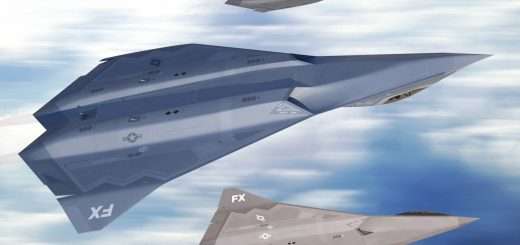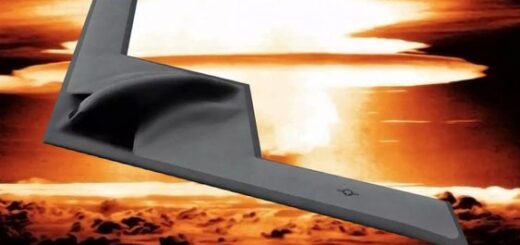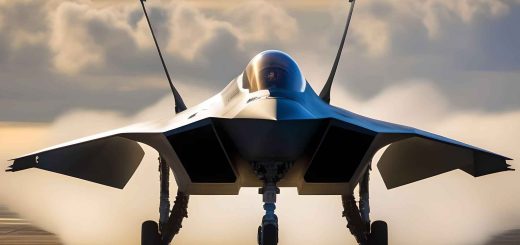5 New Warplanes the US is developing
With new multi-static anti-stealth radar arrays and more powerful integrated air defence systems coming online, the United States Air Force has said unequivocally that it believes even the formidable F-22 Raptor will no longer be survivable in near-peer disputed airspace by 2030. The Raptor is widely regarded as the most stealthy fighter ever to fly, so the wider context of worries about its survival is clear: the US requires a host of new offensive and defensive aeroplanes to control the skies above its adversaries. If necessary, these aeroplanes will have to defend our own airspace against a swarm of new stealth fighters and bombers under Chinese construction.
To confront the combined danger posed by modern air defences and increasingly powerful adversary jets, the United States today has two distinct but tightly linked stealth-bomber projects in the works, as well as two similarly linked stealth-fighter programmes. The Air Force Research Laboratory’s endeavour to deploy fully-functional dual-cycle scramjet engine systems for a low-observable hypersonic drone meant to fly three different types of combat missions is possibly the most classified of all of these new initiatives.
Next Generation Air Dominance
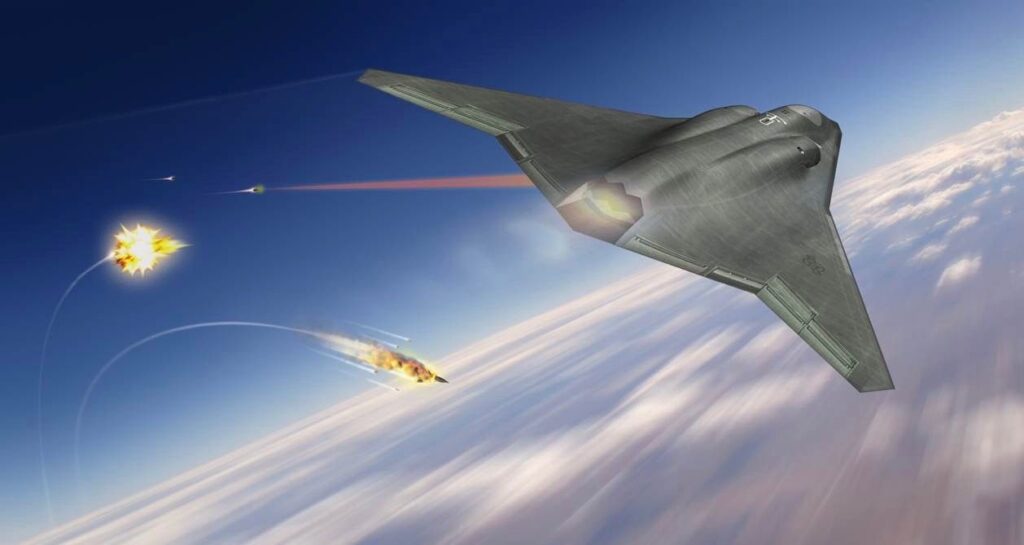
NGAD is expected to delve deeper into current aviation trends such as cockpit automation and data fusion, removing many of the more monotonous or complex flight control functions from pilots’ hands to allow them to focus on the fight, particularly when directing support drones to engage air or surface targets on the fighter’s behalf. While not confirmed, the NGAD fighter is projected to use now-in-development adaptive cycle engines for higher thrust, improved fuel efficiency, and a dramatic improvement in thermal control (and as a byproduct of that, more energy production for advanced systems like directed energy weapons).
B-21 Raider
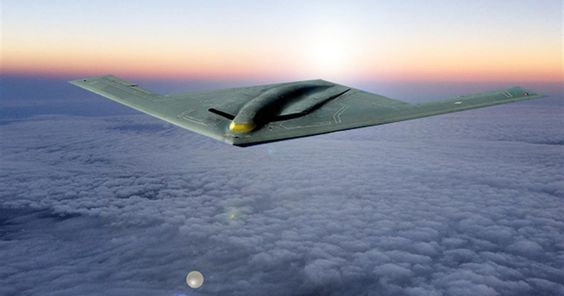
The B-21 will borrow extensively from the B-2’s successful flying-wing design, in which Northrop has long specialised, but will be much smaller, carrying a 30,000-pound payload rather than the B-2’s remarkable 60,000. Despite the reduction in size, the B-21 will still be equipped to carry nearly every nuclear and conventional weapon we’ve come to expect from America’s bomber fleets while employing stealth technology that is reported to be at least “two generations ahead” of the notoriously stealthy B-2.
F/A-XX
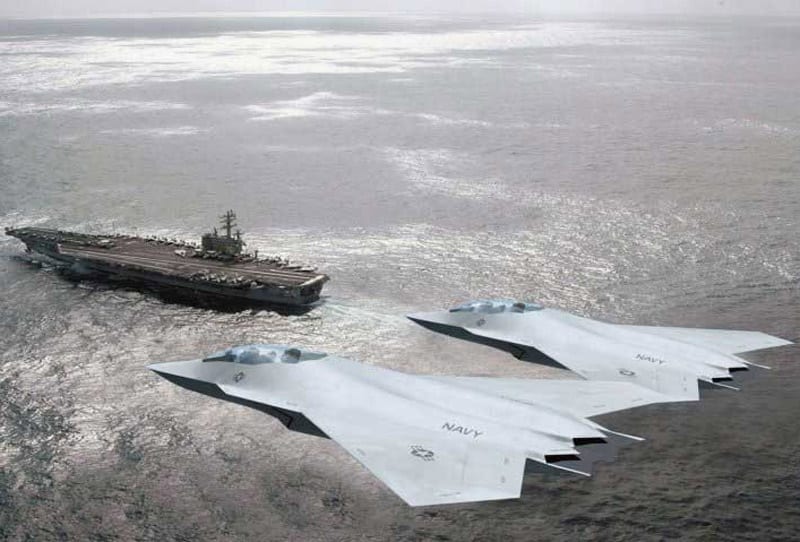
The F/A-XX is being developed under the designation F/A-XX, and the “F/A” prefix signifies that this new aircraft would be anticipated to excel in both air-to-air and air-to-ground combat missions, as all current fighters do. The US Navy and Air Force have both said that the F/A-XX stealth fighter will share certain common technologies with the NGAD programme, allowing this new aircraft to be fielded more quickly. This also means that the Navy’s future plane will have the same modular software and hardware design, allowing for regular low-cost modifications as technology advances around them.
The F/A-XX is planned to fill this capability gap by exploiting both bigger fuel storage and the previously stated more-efficient adaptive cycle engines destined for the NGAD, as well as mid-air refuelling delivered by carrier-based MQ-29 drones. The Navy has not yet provided pricing estimates for this fighter, however it will most likely be priced similarly to the NGAD.
Mayhem SR-72
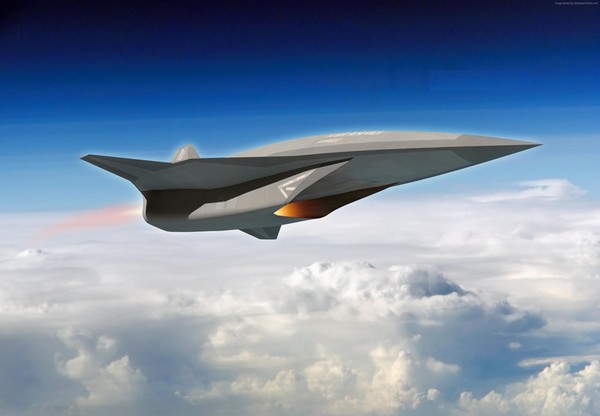
Although Mayhem is frequently referred to as a missile programme, a closer examination of the branch’s issued Requests for Information (ROIs) indicates that Mayhem is more likely aimed at developing an uncrewed, reusable hypersonic drone platform capable of performing two distinct mission sets: strike operations and intelligence, surveillance, and reconnaissance, or ISR, missions.
Mayhem’s formal name recently changed from “Expendable Hypersonic Multi-Mission Air-Breathing Demonstrator” to “Hypersonic Multi-mission ISR and Strike,” as Joseph Trevithick of The War Zone highlighted late last year, and the programme has also been referred to as a “Multi-Mission Cruiser.” This clearly implies that we are not discussing a missile that is fired at a target and then forgotten about. The omission of the term “expendable,” along with the “multi-mission” designation, indicate that Mayhem intends to launch a reusable, autonomous platform powered by what will most likely be the world’s first dual-mode or turbine-based combined cycle (TBCC) hypersonic propulsion systems.
Wingman Bomber
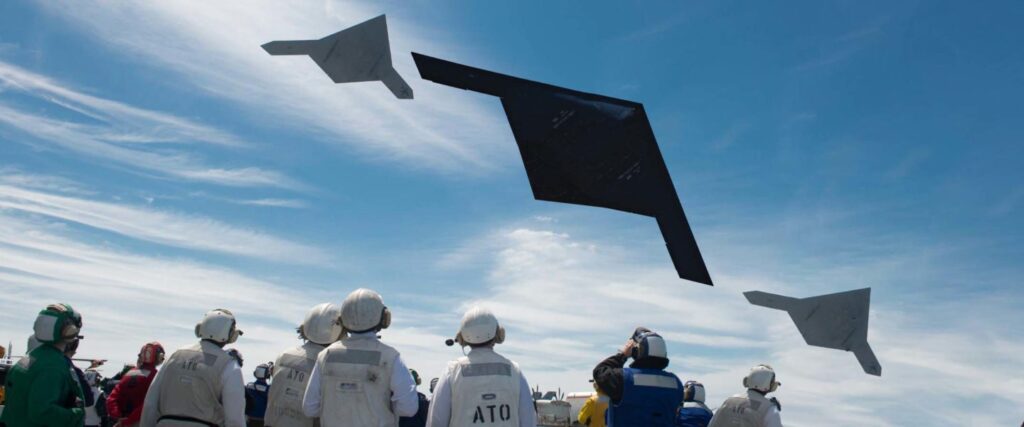
Earlier this year, Secretary of the Air Force Frank Kendall revealed during a keynote speech at the Air Force Association’s 2022 Warfare Symposium that the US is investigating the idea of an uncrewed stealth bomber platform that could fly missions ahead of the optionally-crewed B-21 Raider to expand America’s deep penetration strike capabilities in hotly contested airspace. This new bomber platform is projected to have a “similar range” to the new globe-spanning bomber, with payload capacities dictated in large part by price… which is presently believed to be in the $300 million or more range per drone.
According to an unclassified Request for Information sent by the Air Force to industry partners, this new drone stealth bomber will have a payload capacity of at least 4,000 pounds and a combat radius of 1,500 miles. However, as Aviation Week’s Steve Trimble points out, it is probable that this aircraft will need to equal the B-21’s range in order to function as a form of support on long-duration operations.
